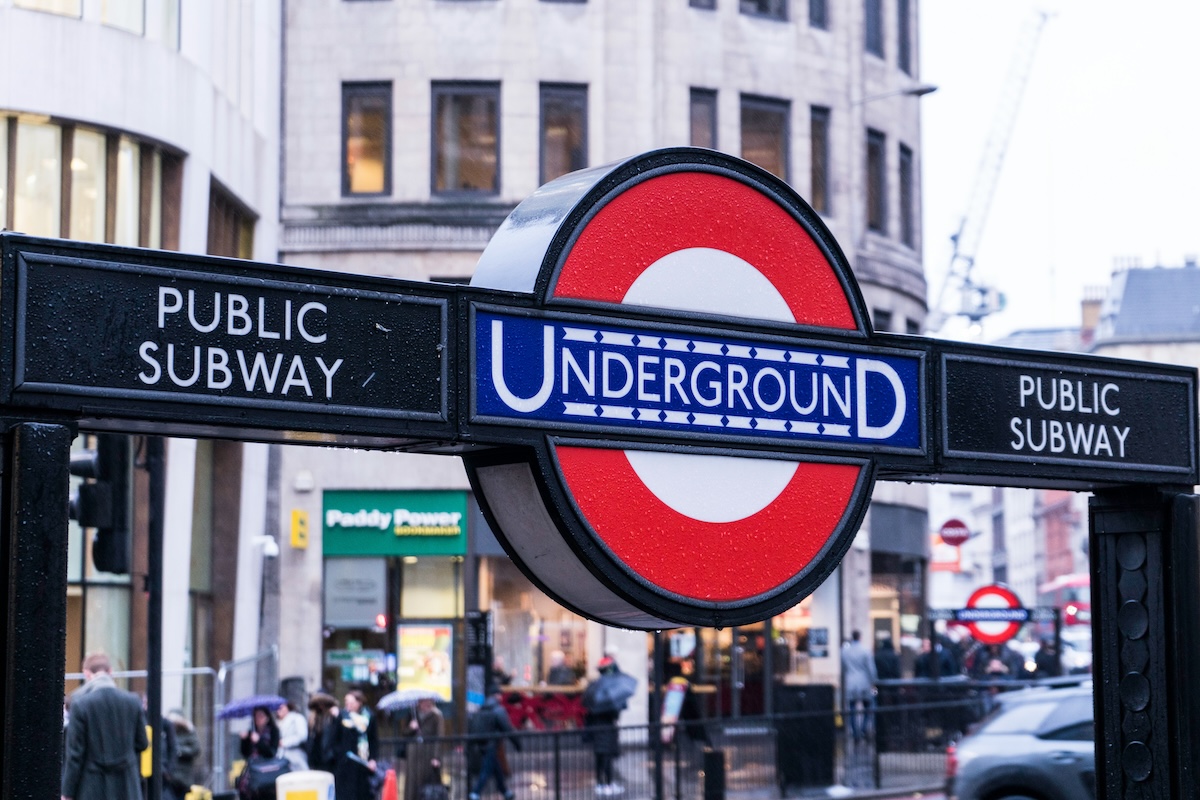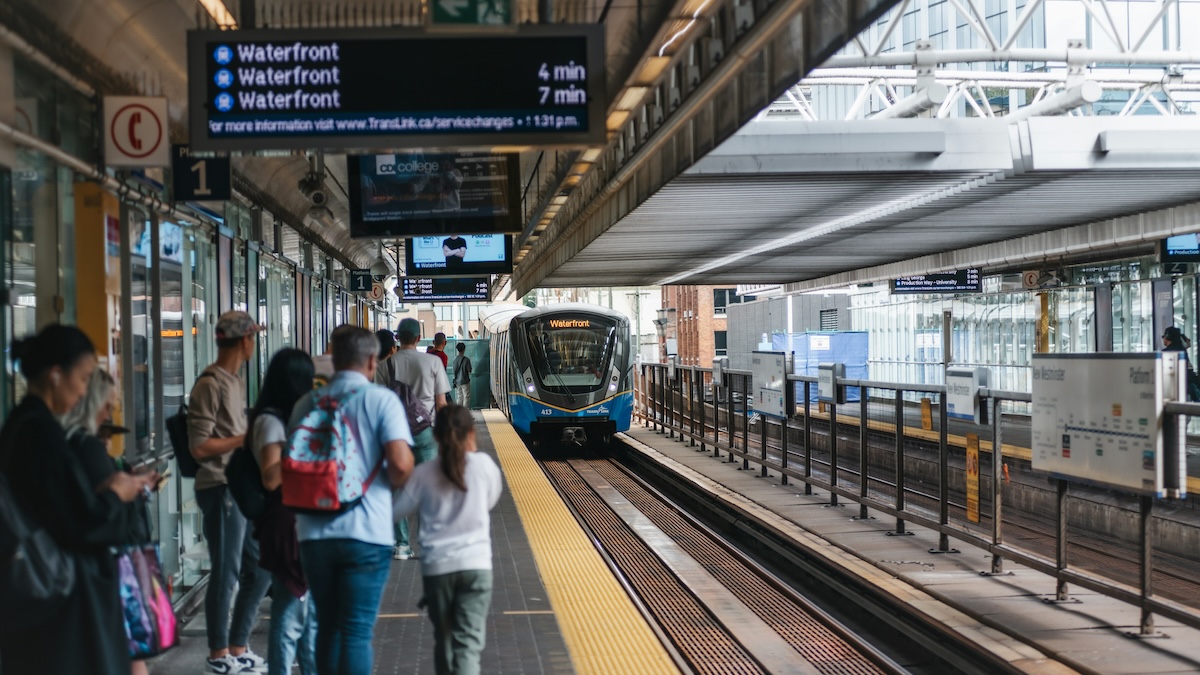
Nervous About Taking Public Transportation? Here Are Some Tips for Anxious Travelers!
By: Sarah Stone
Skip to Section
Article Summary
Getting around in a new city or country can feel overwhelming, but it doesn’t have to be. This guide walks you through how to use public transportation confidently, no matter where you’re headed.
From subways and buses to tuk-tuks and ferries, public transit comes in many forms. Learning how to prepare, what to expect, and how to stay safe makes the whole experience smoother.
- Research your destination’s transit options before you arrive. Most cities have apps or websites that explain systems and fares clearly.
- Get passes in advance if possible, and know where to find them when you arrive.
- Follow local etiquette—like standing to the side on escalators and letting people off before boarding.
- Use apps like Citymapper or Moovit for real-time directions and updates.
- Stay alert, especially in busy areas. Keep your belongings secure and avoid isolated stations late at night.
Once you get the hang of it, public transportation can become one of the easiest and most affordable ways to explore like a local.
Traveling to a new city or country is exciting, but figuring out how to get around can be a challenge. Unfamiliar public transportation systems can feel intimidating, especially when you’re faced with unfamiliar maps, languages, and customs.
With a bit of preparation and the right strategies, you can confidently navigate the most common types of public transport. Here’s how!
Understanding Unfamiliar Public Transportation Systems

Photo by Luiz Felipe on Unsplash
Public transportation comes in many forms, and depending on where you are in the world, you might find yourself using anything from a metro system to a rickshaw. Beyond the typical subways, buses, and trams, there are ferries, funiculars, tuk-tuks, and even shared bicycle systems.
Different transit systems are great for different needs—metros are fast and efficient, especially in large cities where traffic and foot congestion can make above-ground travel a nightmare. Buses might be slower, but they usually cover areas that trains don’t reach. Tuk-tuks and rickshaws, common in places like Southeast Asia, provide a more flexible and personal mode of transport, allowing you to navigate narrow streets that larger vehicles can’t access.
Using public transportation can also save you a lot of money! Before jumping to car rentals or taxis as your first mode of transport, check out what public options might be available—you might find that you’re able to get around easily for a fraction of the price. Plus, when you take public transport, you’re traveling like the locals do, which can offer insights you wouldn’t get from a taxi ride.
Strategies for Preparing to Navigate Unfamiliar Public Transportation Systems

Photo by Andy Feliciotti on Unsplash
If you’re really nervous about using an unfamiliar transportation system, doing a little research before traveling will go a long way toward allaying your fears.
Start by looking up the options available at your destination. Most cities have official websites or apps that provide comprehensive information on their public transportation systems, like this one for Washington, DC. These resources can help you understand how the system is laid out, what types of tickets are available, and what you can expect in terms of service frequency and coverage.
Familiarizing yourself with the local system before you arrive can save you a lot of stress. For example, if you’re heading to Tokyo, it’s worth noting that the city’s metro system is vast and includes multiple lines operated by different companies—but once you have a general idea of how the system works, you’ll find it’s super efficient, even if it sounds really daunting at first! Knowing where to find route options and timetables can help you plan your trips and purchase the correct tickets.
Speaking of tickets, it could be a good idea to get your passes in advance. Many cities offer various types of passes—single trip, refillable cards, daily, weekly, or even monthly passes. For short stays, a daily or weekly pass might offer the best value and convenience, allowing you unlimited travel within a certain period. In some cases, you can purchase these passes online before you even leave home, saving you time and hassle once you arrive. If you’re getting passes in person, make sure to look up where to get the ones you need. Not all pass types (like plastic refillable cards, for example) are sold at ticket booths at all stations, so you may need to find your way to a station or store that sells those passes specifically.
Understanding local transportation etiquette is also important! A few common ones:
- Let people exit before you board
- On escalators, stand to one side so that people can pass
- Don’t talk, play music, or otherwise disturb other passengers in designated quiet cars
- Pay attention to signs around seats so that you don’t accidentally take one reserved for, for example, passengers with mobility issues
If you’re a bit nervous about doing the wrong thing, take a few minutes to look up your destination and public transportation etiquette—learning a few basics can help you avoid awkward situations and blend in more smoothly.
Tips for Navigating Unfamiliar Public Transportation Systems

Photo by Kurt Sunkel on Unsplash
Start by planning your routes and schedules in advance—if you haven’t set anything in stone yet, don’t worry! Even getting a basic idea of which lines to take and when (remember to look at operating hours and any known delays during your travels) will help you feel more familiar with the station when you’re there.
Use transportation apps or websites to check timetables, route maps, and cost tables. Apps like Citymapper or Google Maps are particularly useful for understanding how different modes of transportation connect and how long your journey will take. Travel apps and tools are your friends here. Apps like Moovit or Transit can help you navigate public transport in cities around the world, providing real-time updates and directions. These apps are particularly useful if there’s a language barrier, as they often include translations or clear icons that can guide you.
Remember to look at maps and signs at the station, and remember that system maps don’t align perfectly with real-world maps, so if you’re walking between stops or stations, you may want to consult a real-world map as well. For example, the London Underground map is iconic, but the distances between stations can be deceiving, and some stations are much closer or farther apart than they appear.
When in doubt, don’t hesitate to ask for directions or help! Most locals are happy to assist, and transportation staff are quite knowledgeable about the systems they work with. A friendly question can save you a lot of time and frustration.
Tips for Staying Safe and Secure While Using Public Transportation

Photo by Albert Stoynov on Unsplash
You might be concerned about your safety and the security of your belongings while taking public transportation, especially if you’re in an unfamiliar place. So being aware of your surroundings is the first step. Pickpocketing can be a problem in crowded metro systems, while certain bus routes might be less safe late at night. Research these risks ahead of time and plan accordingly—a quick online search for safety tips and the transport system you want to use should give you some pointers. Certain subway lines or bus routes might be best avoided during off-peak hours, for example, so you’ll want to know which lines those are and plan accordingly. For solo travelers, timing your arrival at stations to coincide with the train or bus arrival can help you avoid waiting alone for long periods.
When it comes to your belongings, keep them close and closed tight. If you’re on a bus or tram, keep your bag on your lap rather than putting it in overhead storage. On long-distance trains, consider locking your luggage if you can’t keep it within sight. For smaller items, a money belt or hidden pouch can provide extra security.
Also make sure you understand and comply with local transportation laws and regulations. In some countries, failing to validate your ticket can result in hefty fines, even if it was an honest mistake. Know the rules, follow them, and you’ll avoid unnecessary trouble!
And finally, always trust your intuition. If a situation feels off, don’t hesitate to change your plans. Whether it’s choosing a different route (or a different mode of transport), waiting for a more crowded train, or just staying in for the night, listening to your gut can keep you safe.
By following these strategies and tips, you can navigate unfamiliar public transportation systems with confidence, making your travels smoother and more enjoyable.
Happy travels!
About the Author
 As the editor-in-chief of Frayed Passport, my goal is to help you build a lifestyle that lets you travel the world whenever you want and however long you want, and not worry about where your next paycheck will come from. I've been to 20+ countries and five continents, lived for years as a full-time digital nomad, and have worked completely remotely since 2015. If you would like to share your story with our community, or partner with Frayed Passport, get in touch with me using the form on our About page.
As the editor-in-chief of Frayed Passport, my goal is to help you build a lifestyle that lets you travel the world whenever you want and however long you want, and not worry about where your next paycheck will come from. I've been to 20+ countries and five continents, lived for years as a full-time digital nomad, and have worked completely remotely since 2015. If you would like to share your story with our community, or partner with Frayed Passport, get in touch with me using the form on our About page.Featured image by Joseph Balzano on Unsplash
Information published on this website and across our networks can change over time. Stories and recommendations reflect the subjective opinions of our writers. You should consult multiple sources to ensure you have the most current, safe, and correct details for your own research and plans.
Frayed Passport is a participant in the Amazon Associates Program, an affiliate advertising program designed to provide a means for sites to earn advertising fees by advertising and linking to Amazon.com. We also may share links to other affiliates and sponsors in articles across our website.




